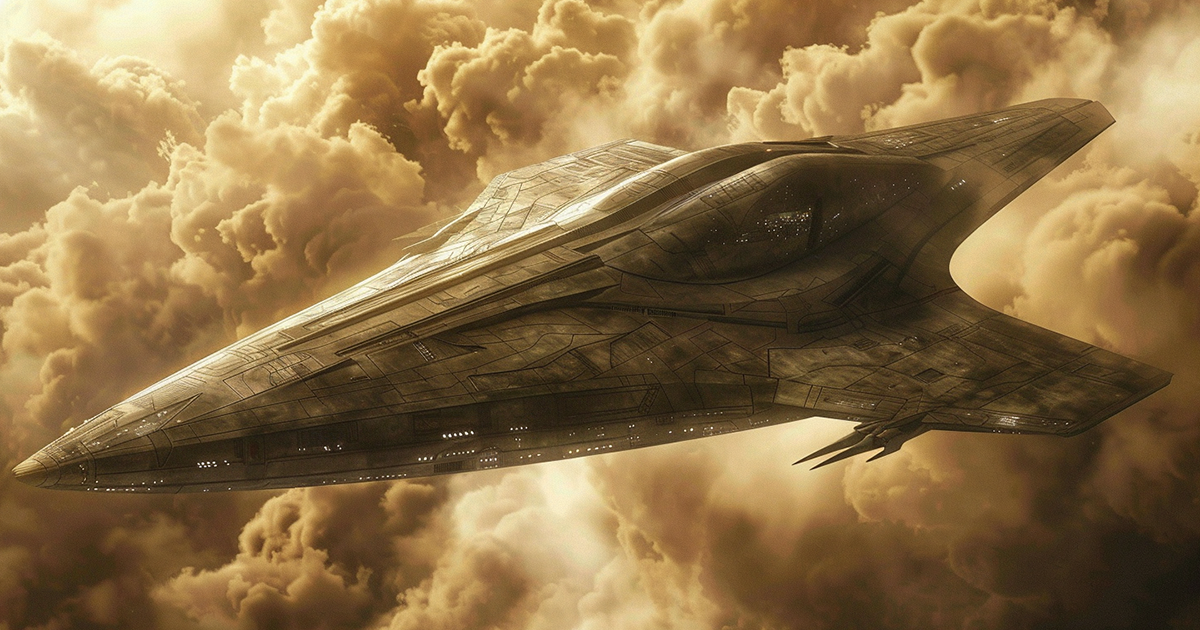In the realms of ancient Mesopotamia, the Sumerians left an invaluable legacy of art, literature, and groundbreaking progress. Their intricate art filled with mysterious symbols continues to captivate both scholars and enthusiasts. Recent focus has turned to the peculiar depictions of flying entities in Sumerian art, resembling modern-day spacecraft. Could these ancient relics provide evidence of advanced technology or convey symbolic meanings?
Sumerian cylinder seals, clay tablets, and reliefs depict scenes of daily life, religious rituals, and celestial events. Among these depictions are mysterious objects that bear a resemblance to aircraft – cylindrical shapes with wing-like extensions, often accompanied by figures appearing to control or interact with them.
Supporters of the Sumerian aerial devices theory argue that the precision and consistency in these depictions hint at a knowledge of aerodynamics far beyond their time. They point out the uniformity in representations across various artifacts and the presence of figures engaging in actions that suggest technological prowess.
Furthermore, proponents of this idea draw parallels between Sumerian art and tales of flying machines in other ancient civilizations. Similar themes of aerial transport in Hindu scriptures and Egyptian mythology raise questions about potential cultural exchanges or encounters with advanced technology.
 Insight into these enigmatic artifacts can be gleaned from ancient cuneiform tablets. Some narratives depict deities descending from the skies in flying contraptions, indicating symbolic and religious significance for the Sumerians. Understanding these texts requires an appreciation of the cultural and spiritual beliefs of that era, as well as the allegorical language common in ancient writings.
Insight into these enigmatic artifacts can be gleaned from ancient cuneiform tablets. Some narratives depict deities descending from the skies in flying contraptions, indicating symbolic and religious significance for the Sumerians. Understanding these texts requires an appreciation of the cultural and spiritual beliefs of that era, as well as the allegorical language common in ancient writings.
Conversely, skeptics offer alternative interpretations of Sumerian art, suggesting that the flying entities may symbolize abstract or mythical concepts rather than physical machinery. They argue that ancient art often conveyed symbolic or religious ideas, with the aerial devices embodying allegories for divine beings or cosmic events.
Critics also point out the lack of physical evidence supporting the existence of ancient flying vehicles, such as artifacts or remnants. While the depictions in Sumerian art are intriguing, caution is advised against drawing definitive conclusions without substantial collaborative evidence.
Another viewpoint suggests that these flying entities symbolize spiritual or cosmic journeys rather than physical travel. In Sumerian mythology, deities frequently traveled through the skies in celestial chariots, symbolizing their transcendence beyond earthly confines. Hence, the celestial figures in Sumerian art could represent allegories for spiritual enlightenment or the pursuit of celestial wisdom.
In conclusion, the interpretation of Sumerian art depicting mysterious flying entities continues to spark debate and speculation among scholars and enthusiasts. While some discern traces of ancient aircraft and technological prowess, others view these artifacts as symbolic representations of cultural, spiritual, or cosmic phenomena. As we persist in examining and scrutinizing these ancient remnants, one thing remains certain – the enduring allure of Sumerian creativity, urging us to delve into the mysteries of the past and contemplate the limitless realms of human imagination.
